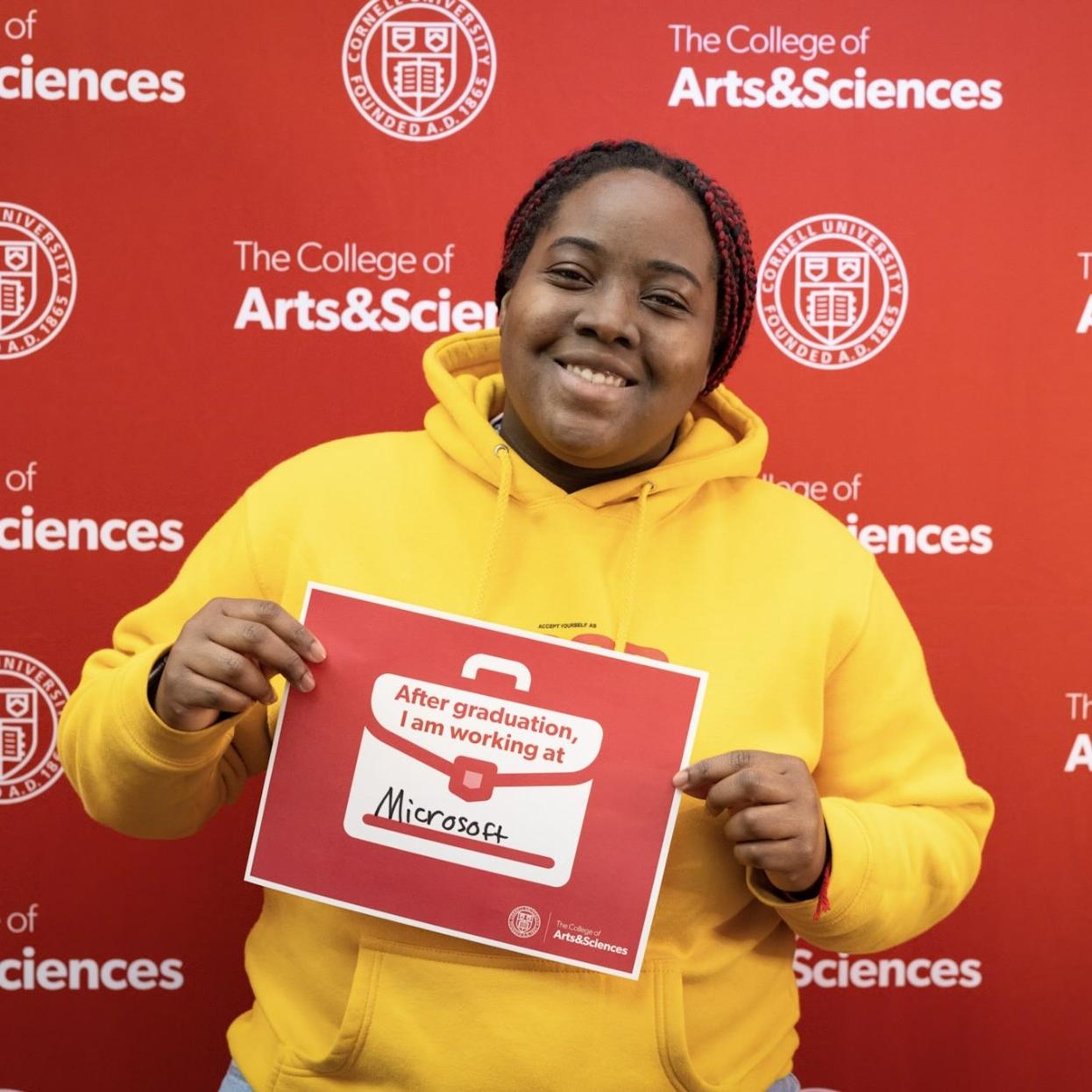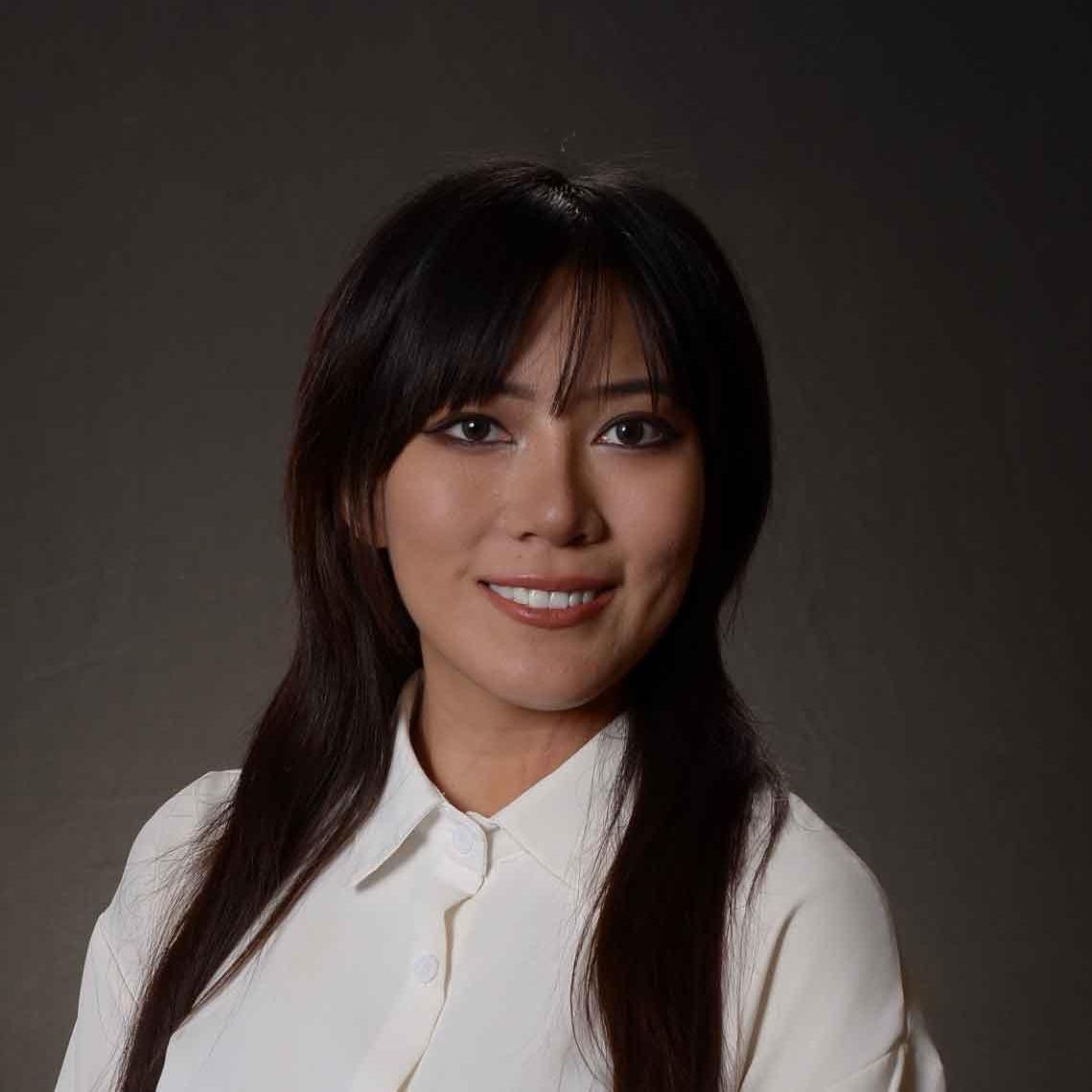Before Anna May Wong became one of 20 women chosen for a new series of U.S. quarters, Shirley Lim ’90 felt she was “toiling away in obscurity” studying and writing about the actress’ life.
Now Lim’s research has been featured in two PBS documentaries, she’s been interviewed by NPR, she appeared as a guest on the Mobituaries podcast and her book on Wong was featured in The New York Times. She’s also in the process of writing a mass market book about the life of Wong, the first Asian-American actress to gain acclaim in film and television.
“Now you can go anywhere you spend cash and literally hold her in your hand,” Lim said of the coins. “The (Los Angeles) Times had a beautiful story after the coin came out, with little children in LA being shown the coin and being excited to see someone who looks like them.”
Lim visited campus in October to offer a talk as part of Cornell Cinema’s celebration of Wong and her work. Lim’s most recent book is “Anna May Wong: Performing the Modern.”
Lim majored in history at Cornell, writing a senior thesis on gender and the 14th Amendment.
“I wrote a lot about RBG (Ruth Bader Ginsberg) because she argued a lot of these cases,” Lim said. In the 1970s, Ginsberg litigated cases before the Supreme Court to establish equal rights for women under the 14th amendment, at the same time as state legislatures were debating the ratification of the Equal Rights Amendment. “I also took a lot of classes in English and literary theory and felt well equipped to be a doctoral student at UCLA.”
Now a professor of history at Stony Brook University, Lim discovered Wong during her graduate work at UCLA, when she was mining the archives of Paramount Studios.
“There wasn’t much written about her, so I watched one of her films,” Lim said, discovering that far from being limited by bit parts, Wong was often the lead in her movies, exuding an upper crust, modern and fashionable persona.
Wong made more than 50 films, headlined theater and vaudeville productions and starred in her own television show.
“She was a big deal, but one of the reasons we don’t know as much about her is because her fame exploded first in Europe,” Lim said.
Wong continually worked to reinvent herself during her career, successfully moving from silent movies to talking films by taking elocution lessons to transform her California accent into a more British-sounding one, Lim said. Later on, when racism in Hollywood resulted in waning roles for her on film and TV, she transitioned to vaudeville and radio shows with Orson Wells.
“It was necessary for her to transform herself in order to maintain a career,” Lim said. “If she were alive today, I’m sure she would be giving makeup tips or beauty tips on TikTok. That would fall right in line with who she was.”
One reason Wong has been fascinated with Wong’s life is that her story mirrors the racism impacting Asian-Americans during her lifetime.
“Anna May Wong’s story tells us so much about history,” Lim said. “You could be famous and hang out with celebrities, but they still won’t allow you to buy a house in LA.”
Lim said she’s thrilled of Wong’s newfound popularity, and of the increase in roles for Asian actresses in Hollywood today.
“There are many different actresses who name her as a role model,” she said, including Tamlyn Tomita, Kelly Hu, Michelle Krusiec and Margaret Cho.
Lim’s next book project veers away from Wong and toward her own family history. She’s researching her family’s experience during the 1965-1966 genocide of Chinese people in Indonesia and plans to write a cultural history of the time – including family recipes and stories of arts and literature movements that helped people heal from those atrocities.




